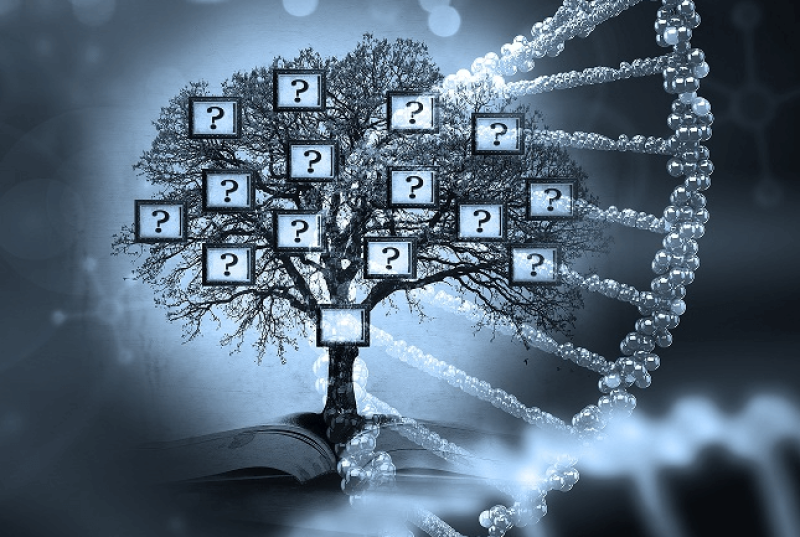Scientists say using math to sort through DNA could help investigators put stubborn cold cases to rest. The approach combines the relatively new field of forensic genetic genealogy—solving crime by charting out DNA-based family trees—with increasing computational power to speed up and simplify this complex form of investigation.
In a new paper recently published in the Journal of Forensic Sciences, researchers from Stanford University, California-based Identifinders, and the DNA Doe Project explain how they developed a new mathematical model to help investigators greatly narrow down their giant pools of genetic candidates:
“We formulate a program that—given the list of matches and their genetic distances to the unknown target—chooses the best decision at each point in time: which match to investigate, which set of potential most recent common ancestors to descend from, or whether to terminate the investigation.”
By using a decision tree to optimize the candidate search, the researchers say their new process improves the existing process for forensic genetic genealogy by a factor of ten. They can also use this protocol to pull relevant matches even from large pools with a low likelihood of success. In fact, the new algorithm is so effective that researchers say it “can solve a case with a 7,500-person family tree around 94 percent of the time,” compared to only 4 percent of the time with the current method, according to a Stanford University press release.































